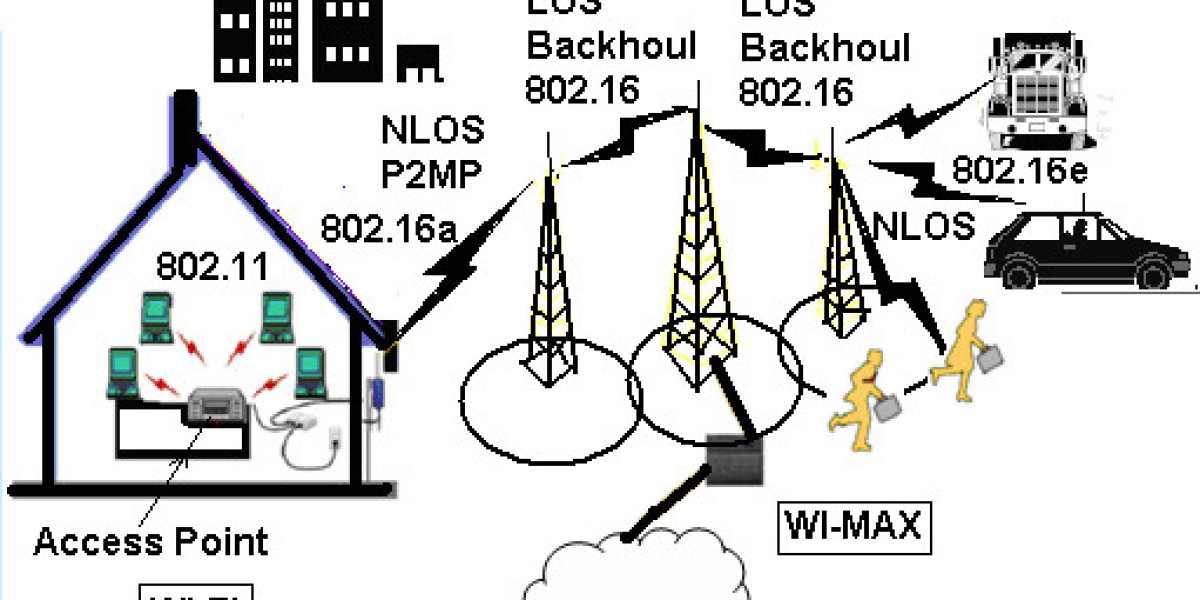The story of the Mobile WiMAX industry is a compelling chapter in the history of telecommunications, illustrating the birth and eventual decline of a complete technological ecosystem. This industry was comprised of a diverse and interconnected set of players, all aligned around the IEEE 802.16e standard. At its foundation were the semiconductor companies, most notably Intel, who designed and manufactured the core WiMAX chipsets that powered both the network infrastructure and the end-user devices. These companies were the primary evangelists for the technology, investing heavily in R&D and marketing to build momentum and foster a new market. Their efforts were crucial in creating the initial spark that ignited the WiMAX industry.
Building on this foundation were the network equipment manufacturers. Companies like Samsung, Motorola, Alcatel-Lucent, and a number of smaller specialized vendors like Alvarion developed a full suite of products for WiMAX network deployment. This included the macro and micro base stations for the Radio Access Network (RAN) and the core network components for managing traffic and subscribers. This segment of the industry was responsible for the physical build-out of the networks and worked in close partnership with the service providers. These vendors competed fiercely on performance, price, and support, creating a dynamic supply chain for the operators who were betting their future on the success of WiMAX.
At the top of the industry pyramid were the service providers, the companies that acquired spectrum licenses and deployed the networks to offer services to the public. This group included greenfield operators like Clearwire, who built their businesses entirely on WiMAX, as well as some incumbent operators who saw it as a strategic option. Supporting them were the device manufacturers, such as HTC and various laptop makers, who integrated the WiMAX chipsets into their products. Despite the considerable efforts of all these players, the industry as a whole could not overcome the momentum of the rival LTE ecosystem. The eventual consolidation of the mobile world around LTE led to the gradual dismantling of the Mobile WiMAX industry, with most of its constituent companies either pivoting to LTE, being acquired, or fading away.








